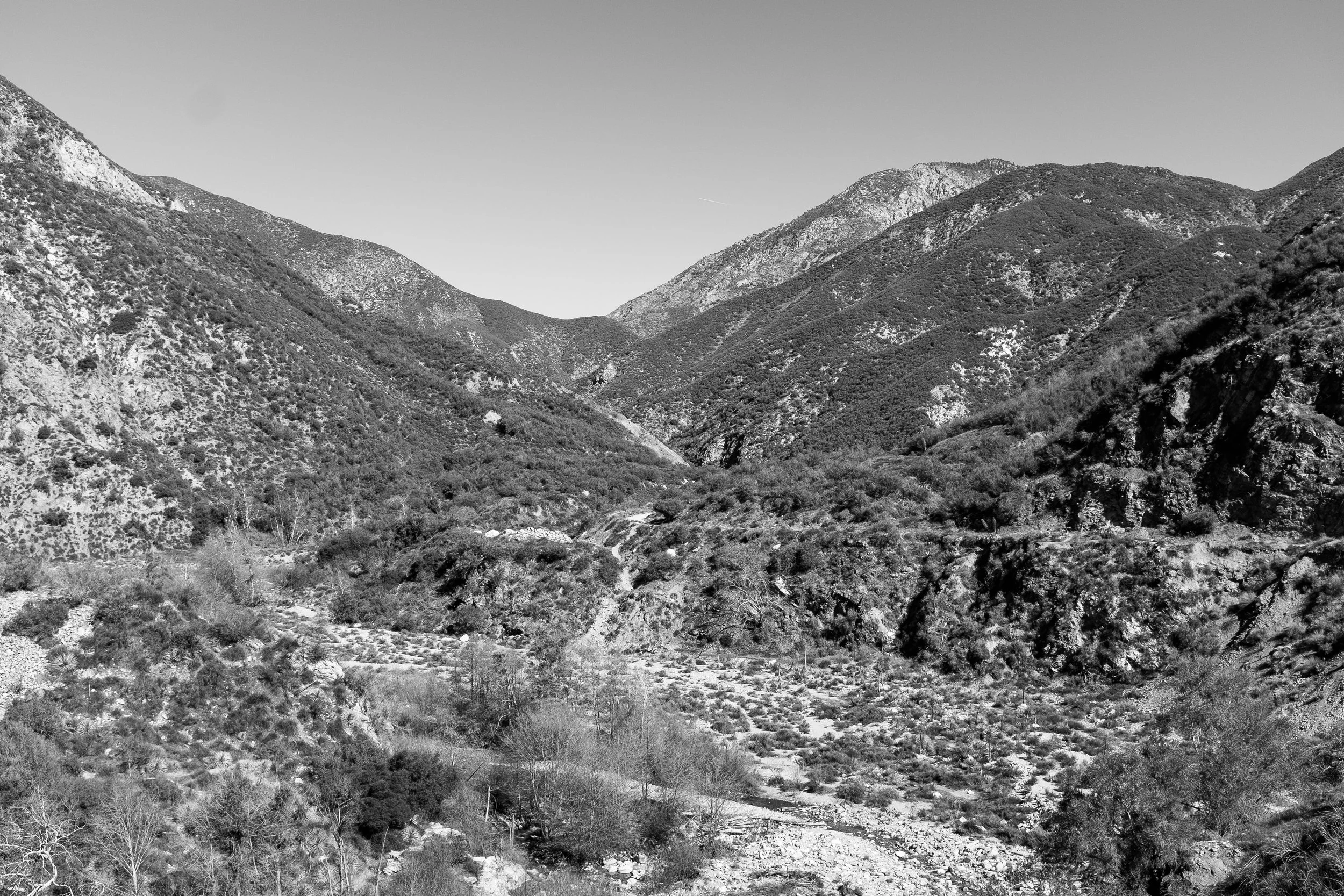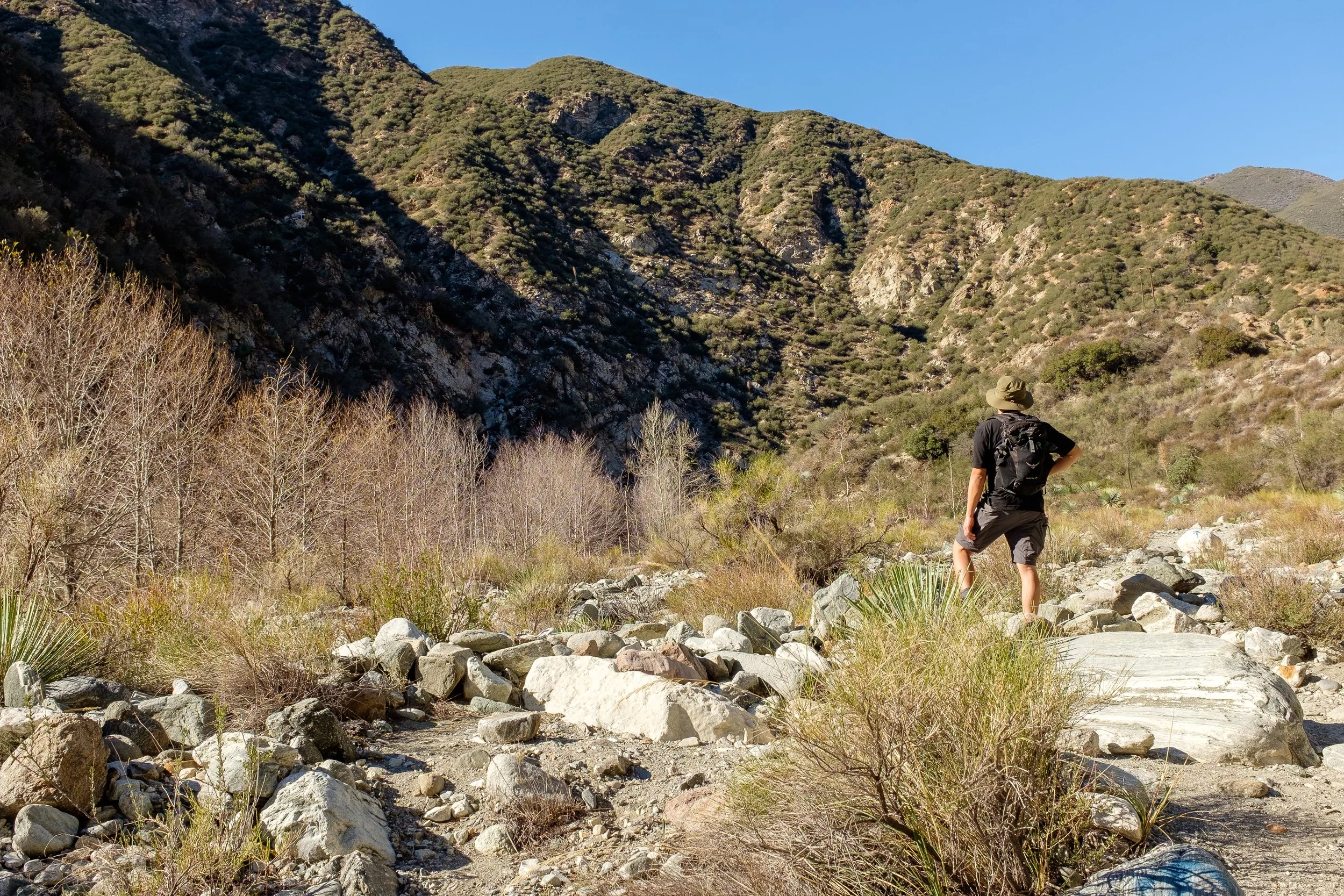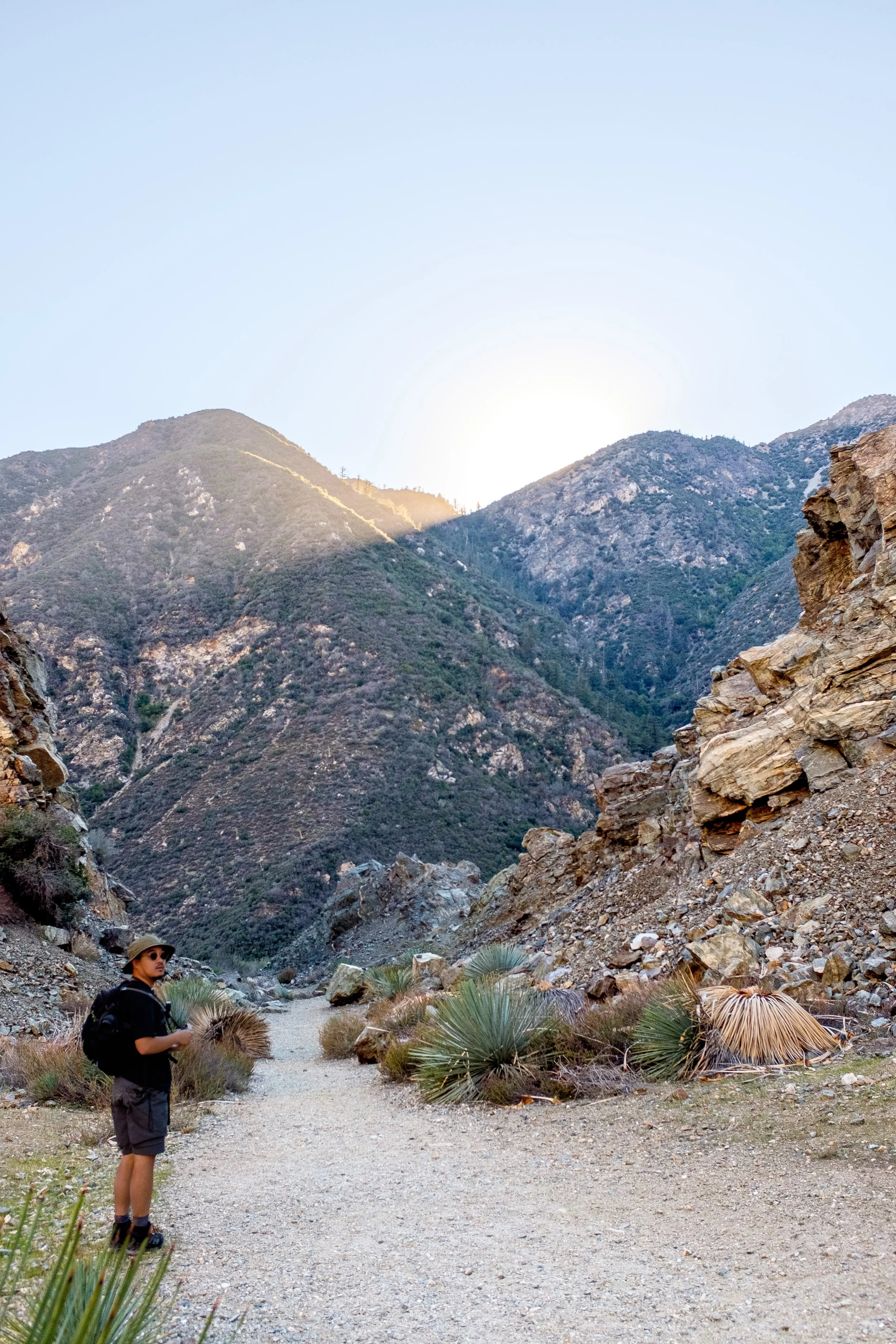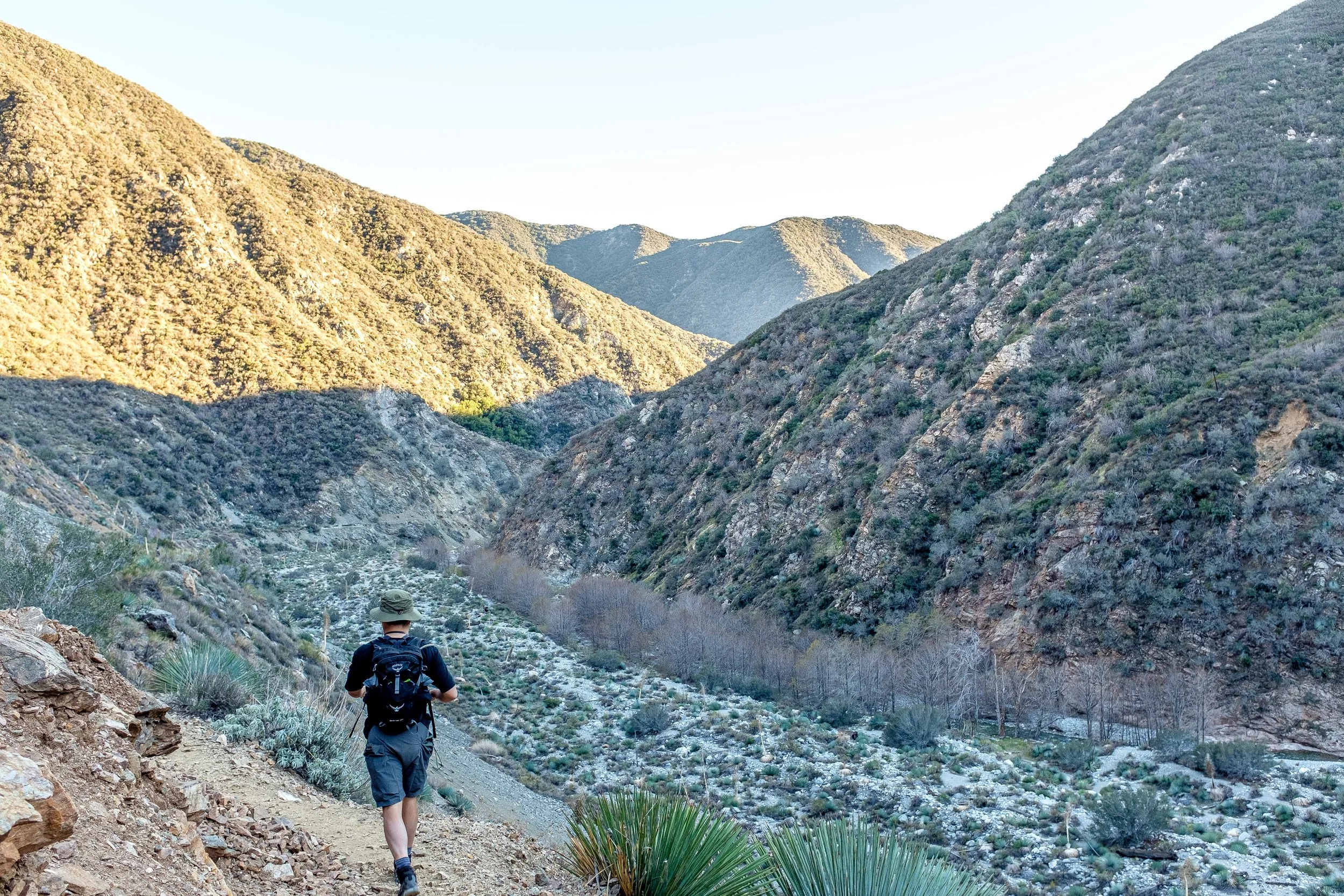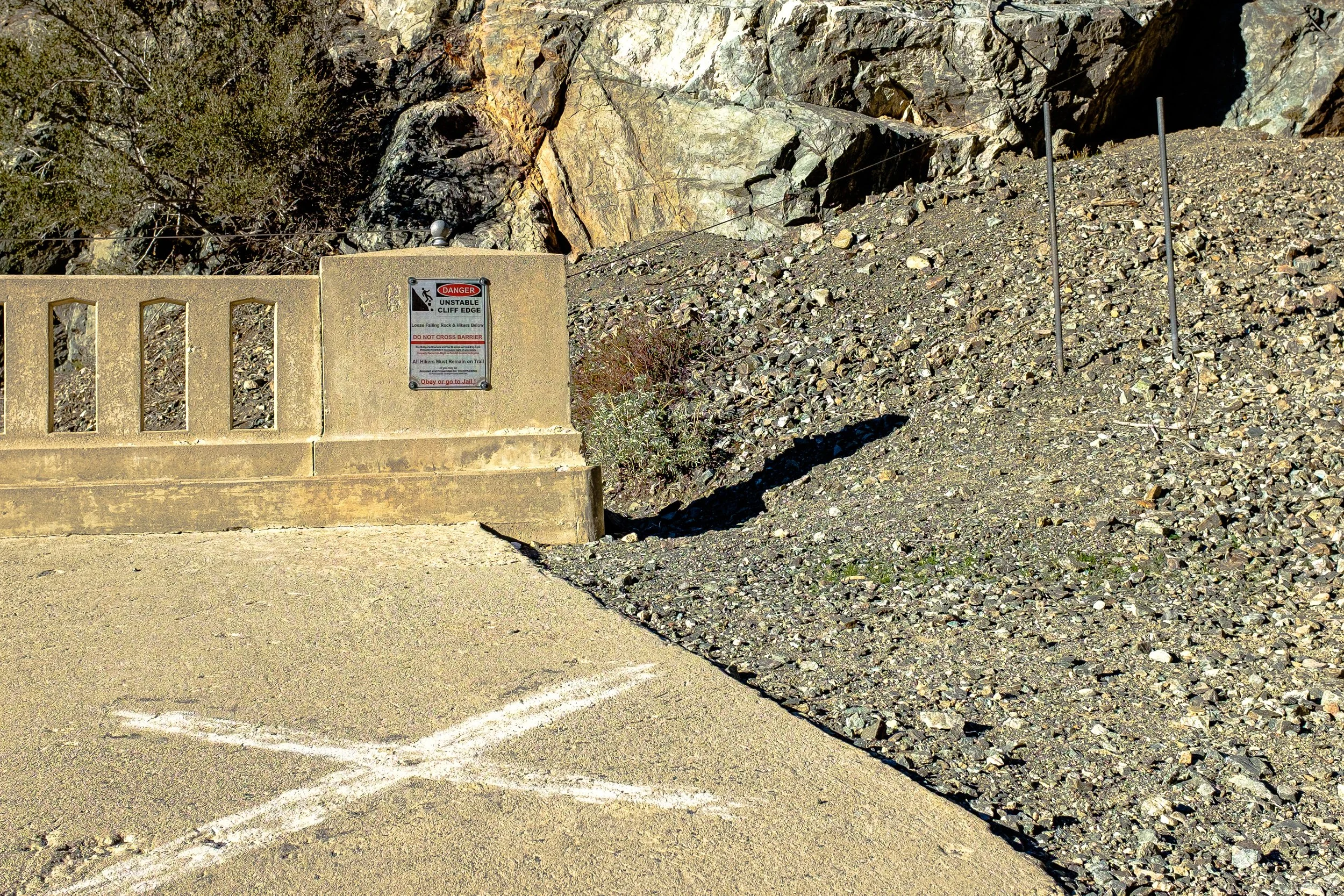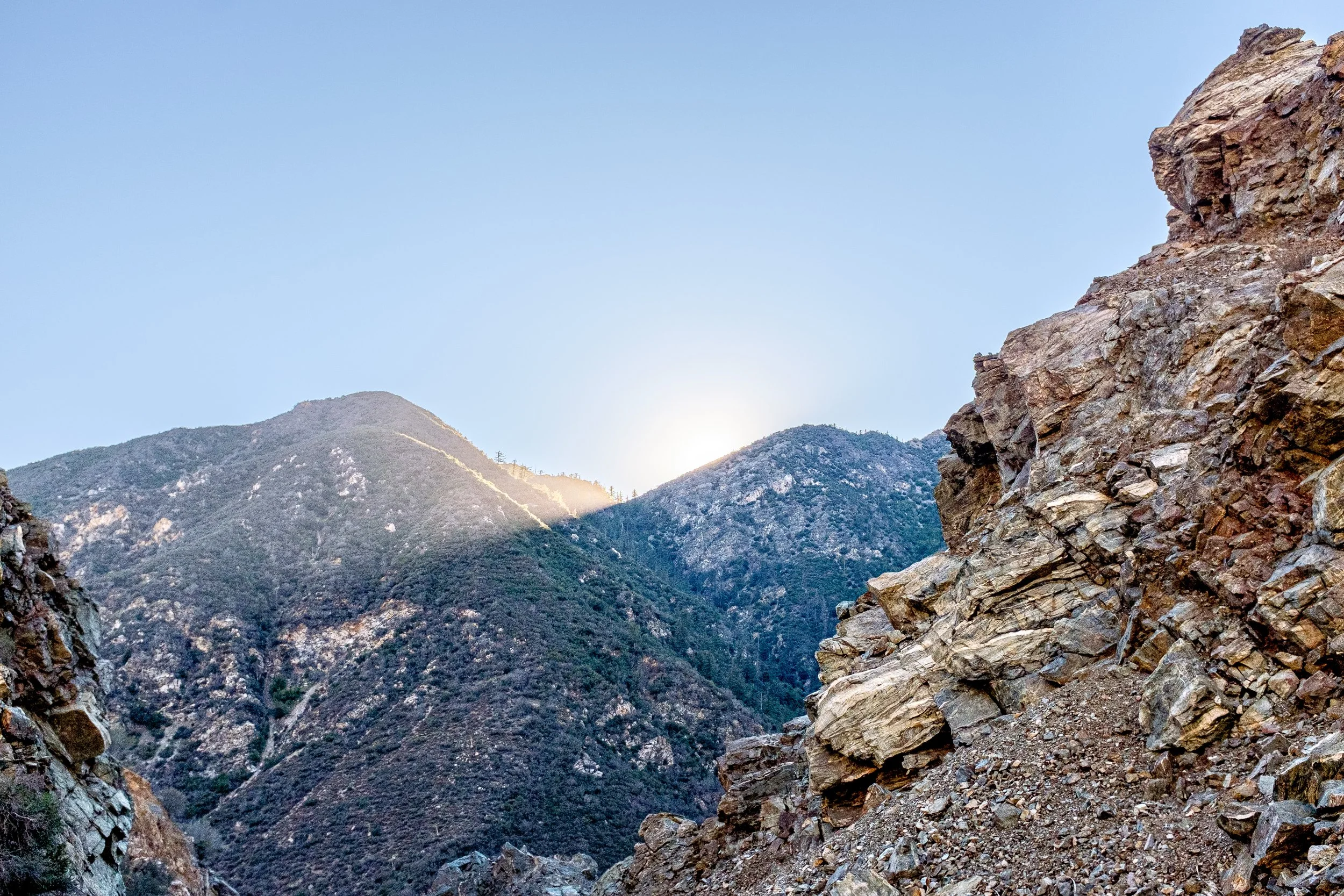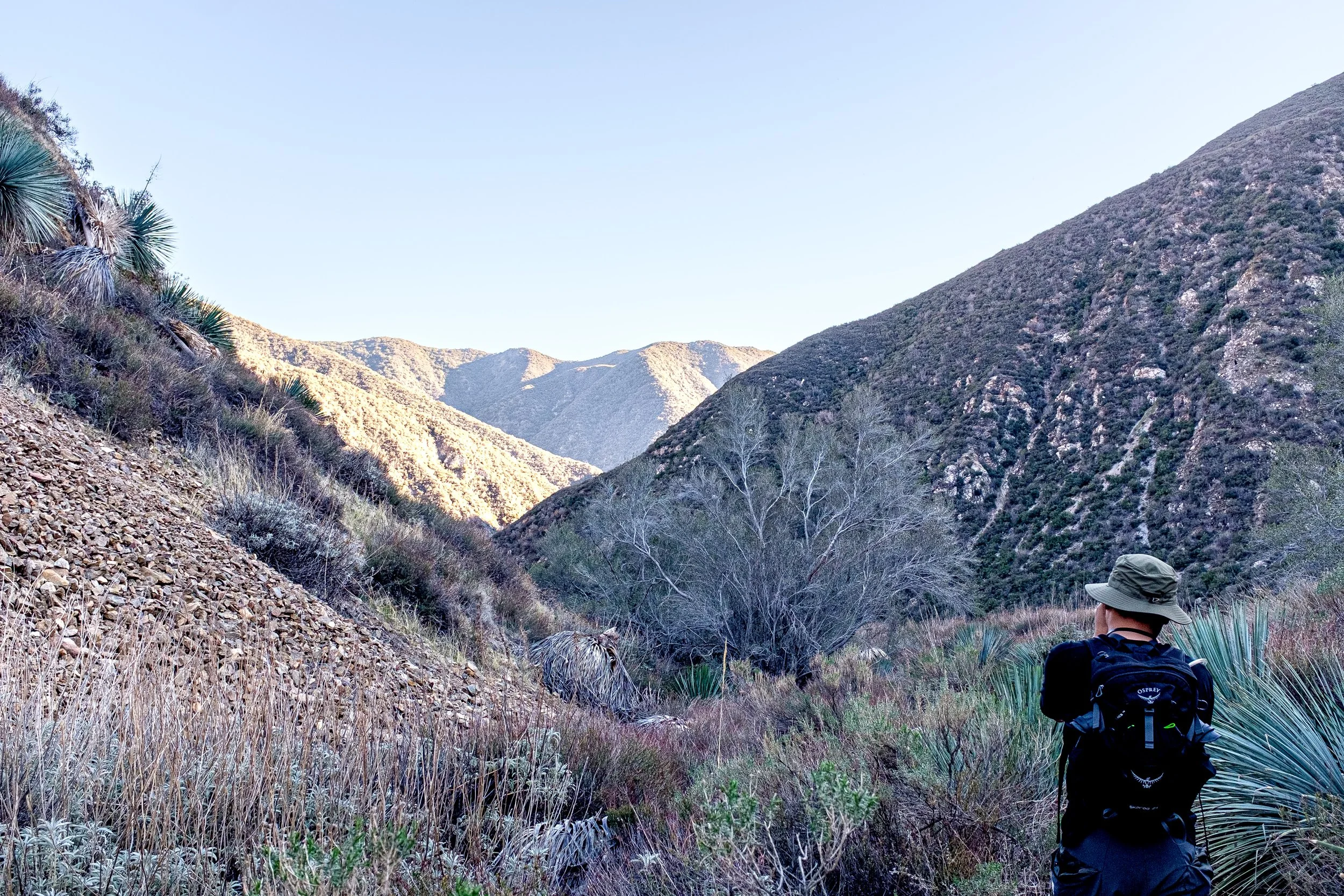The Hike to The Bridge to Nowhere — A Review
There is a place that I have been wanting to go to for quite some time. And I finally got to do it in 2022. I love visiting weird places, especially ones that require effort to get to.
And now it’s finally happened, and I’m stoked to talk about it. Join me, won’t you?
The History
Deep in the San Gabriel Mountains, sits a lone concrete bridge. It is an imposing structure created for the purpose of conquering the San Gabriel River and allow transport and commerce between Azusa and Wrightwood.
As successful as the bridge was at conquering nature, the road that should have run through it was not. The 1938 Los Angeles flood destroyed wrecked everything except the bridge, leaving the canyon a mess of mud and broken asphalt.
The project was abandoned. Without a road, the bridge stood on its own, literally in the middle of nowhere.
Except that is (technically) untrue. The bridge itself has become a destination where hikers can become close to a testament of failure. Bungee jumpers can also drop themselves off the bridge for a nominal fee. And they get a free t-shirt from the experience!
Abandoned projects like this one are a dime a dozen within Los Angeles lore. One could imagine William Mulholland, real life architect of the Owens Valley aqueduct (and the person who gave Mulholland Drive its namesake), involved in the road that created The Bridge to Nowhere.
Except, you know, he died the year before the bridge was built in 1936. But you can totally imagine it if you set aside a silly little thing like “facts”.
The Drive
My friend and I headed out at 10am. Traffic in Southern California is a pain, even on Saturdays. That said, I only had to go to a complete stop once, and it was because of construction.
The rest of the drive through Azusa and into the mountains was lovely. It’s a bit more of a claustrophobic than the drive to Big Bear, with single-car lanes and tight turns. But the terrain was similar and there were lovely vistas of the canyons. Be sure to look out for the dam as well.
There’s also an off-road trail nearby. It’s worth taking that route if you can. I could not – I drive a Chevy Volt.
We parked at 11 am. The main parking area at the trailhead was full, so we had to park about a quarter mile away. We were lucky enough to find a spot that close.
Most people, like meetup groups, like to start as early as possible. I recommend that you plan to arrive by sunrise.
The Hike, The Backpackers and The River
We did this hike in early February. It had rained heavily about three weeks ago. This meant that all the snow in the peaks were gone. Which also meant all that water was now flowing in the river, adding force and volume that shouldn’t be taken lightly. More on that later.
Most of the trail was unshaded. That was not much of an issue because it was still winter. Just make sure you wear a wide-brimmed hat.
We walked past quite a few tents that were set up along the river. Most of this trail is in US Forest Service territory and so a lot of backpackers like camp out in the area.
There are sections of trail that have shifted or been washed away, so it can be difficult to figure out where to go next. There are arrows painted on nearby rocks that point to the direction of the trail. They also point out sections of the river where you should cross.
When in doubt, stay within earshot of the river and look for these markings.
There is a steep rise as you get close to the destination. As of this writing, you can make your way to the cliffside from the riverbed by a short series of switchbacks. I don’t remember how steep they were. Perhaps a 20% grade?
The climb will take you several feet above the river. From there, it’s about a mile to the bridge. Some portions of the trail are buried due to rockslides. Look out for footpaths on the cliff edge that were tamped down by previous hikers.
This is also a good time to do a self-check and make sure you’re still in good condition. I slipped on the way back because I was fatigued and dehydrated. I lost my walking stick, which I lovingly named Gary. It slid down a couple of feet below the trail, just barely out of reach. Thankfully, the stick was the only thing that I had lost.
So long, Gary. So long…
Not depicted: Gary the Walking Stick
The Bridge
We arrived at the bridge at 2pm. Employees for the bungee jumping… thing were breaking down their setup. We had passed several of their customers as we neared the bridge, which means we had just missed it. Parts of the bridge was taped off, like a crime scene, to separate the hikers from the bungee jumping group. Or maybe it’s the other way around?
There were signs that advertised the company for curious hikers. $120 will give you the privilege to jump off the bridge as well as a t-shirt to commemorate the experience.
I asked one of the employees if they had to hike to work every day and they said yes. We joked about how boring it is to make this same trek, seeing the same beautiful river, trees, and mountains day in and day out.
Really, the hike has got to be a major perk of the job.
Dealing with customers though, especially the type that like to bungee jump? I didn’t ask. I didn’t want to know. There is a reason why I never worked in retail. Those who work in retail know what I mean.
My friend and I didn’t stay there that long. Perhaps 30 minutes at the most. Leaving early didn’t help much. The sun had set on our way back, we had to bust out our flashlights to keep from getting lost or falling off the cliff.
It was still hard to see as the mountains blocked the sun well before it was supposed to set. We stayed near the river and walked downstream to ensure we were on the right track.
Hiking in the dark, as unnerving as it is, also has its perks. We were treated to the occasional glimmers of light shining from lanterns at the campsites we had passed during the day. They were beacons of comfort in a wilderness that was otherwise void of it.
I probably would have approached each camp to say hi if I was alone. I like talking to people more than they like talking to me. Lucky for them, I was not alone and we needed to move along.
***
There is a review on All Trails that amused my friend and me. Like us, the reviewer got stuck hiking in the dark. He described the whole trail as “treacherous” – having had almost fallen into the river several times and he claimed to have almost died. After experiencing the hike myself, I think he was being hyperbolic.
I bring this up not just to make fun of the guy, but to point out an important thing – as easy as this hike is, you must be prepared. The reviewer could have very well died due to his lack of preparedness. It was clear that he didn’t expect the trail to get that dark. Nor did he properly gage the amount of effort required to ford the river. It’s an easy cross, but it is still a strong current that is not to be underestimated.
That said this is not like climbing Everest. Watch some videos of others doing the hike, read plenty of reviews, and bring plenty of food and water. If you stay alert and healthy, you’ll be fine.
And, hey, it’s a popular trail. So, if you drop dead there’ll be a good chance that someone will find your body. Bring ID.
Final Thoughts
It was a lovely hike. The river crossings aren’t difficult but can be annoying depending on your tolerance for being soaked. A lot of people like to do this hike during the summer as the river crossings are a nice break from the heat.
Water shoes are recommended when fording the river, though my friend and I opted to hop right in. Even in February, the air is dry enough that it sucks the moisture from clothing like the world’s biggest dehydrator — until the next river crossing, anyway.
Personally, I didn’t feel as accomplished on this hike as I did at Black Star Canyon Falls. They both were underwhelming destinations. But I think the reason why I enjoyed BSC more was because of the rock climbing involved at the last stretch. Even though there were spots on the trail where I could have fallen to my death — it wasn’t that thrilling. I wasn’t running on as much adrenaline when I reached the bridge.
That said, it is worth the experience. The Bridge to Nowhere is an oddity of the Los Angeles wilderness, a monument to remind us of some of the failures of urban sprawl — a failure that attracts hundreds of visitors every year, many of them making the trip for the chance to jump off from its guardrails for $120 and a t-shirt.
